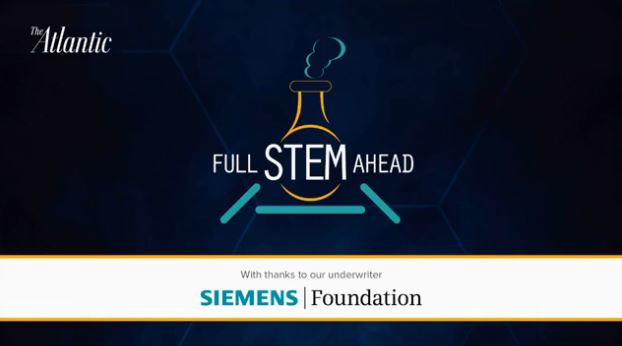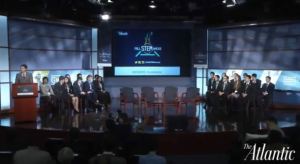Feeding the STEM Myths

As we have reported, contrary to current wisdom, studies consistently show that there are more science, technology, engineering and math (STEM) majors than there are STEM jobs. Nevertheless, those with a vested interest in perpetuating the legend not only still claim that there is a STEM major shortage but declare that women are uniquely qualified to fill it.
Recently, here in Washington, D.C., at George Washington University, Linda Rosen, CEO of Change the Equation (an organization geared toward more STEM education at the pre-K12 level and above), said, “Employers…are having difficulty finding the STEM talent they need.” For example, she noted, “Four in ten applicants lack basic STEM literacy…and 40% lack STEM literacy (or post-secondary) education.”
“I completely missed all the messages that women aren’t good at math…I missed all those messages because I loved it.” Rosen said, “I was too energized but what I think of is the beauty of mathematics.”
Rosen said, “We can’t fill our workforce with white males” because they are a “diminishing population.” Instead, today’s working world “requires a very diverse group of people thinking about it and working on it,” which includes “female voices and also students of color.”
According to her, “the tech companies are being very courageous and are starting to release their data, but they have been showing…30% some up to 40% females.” However, she said these figures show that they are “not all in management level jobs.”
At the same event at which Rosen spoke, Russell Shirling, the Department of Education’s STEM Initiatives Executive Director, said, “We actually set up a STEM office for the first time in six months” and now the government has “over 60 programs where STEM is a primary or secondary goal [to] bring more minorities and women to STEM.” Their goal is to fix the issue of “lack of access to chemistry and physics” by “getting the quality STEM teachers out to the students.” Other aspects of his work include creating “more opportunities for STEM teachers to come into the workforce” and “teacher quality partnership level” coordination.
He said he hoped this would address the problem caused when only “50% [of children] have access to a calculus course…63% to physics.” Shilling said the lack of access to these courses leads to the “struggles that students have when they get to college.” It is not limited to the Department of Education, but goes “across the board” to agencies such as NASA, Homeland Security and Energy. In his words, this is the “part of the strategy we have is to coordinate across the agencies to get the most bang for our buck.”
He praised the value of video games in STEM learning, but admitted, “Games are not a panacea” and “really, it’s somewhere in between, potentially good tools if we design them correctly.” Shilling added, “I don’t think we design games very well right now” because they do not tell “stories and a narrative.” One of his emphases was to get “STEM electronic media out to the classroom” and to send “positive messages” to “really increase the engagement” at the student level. Shilling praised recent LEGO robot competitions, which he said was “one way to leverage games to get to some of the underserved areas of the country as well.”
Gary May, the Dean of College Engineering at the Georgia Tech, was also at the event and suggested forming a “cluster of minority students in classes together” and study groups, as well as peer mentoring and “peer bridge programs.”





